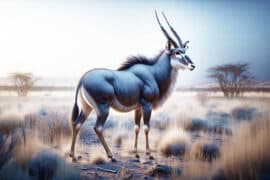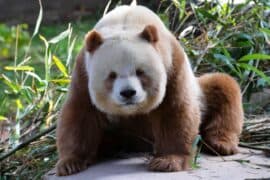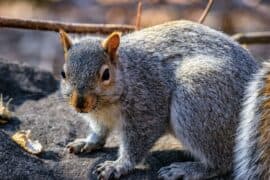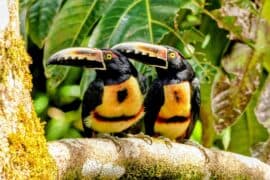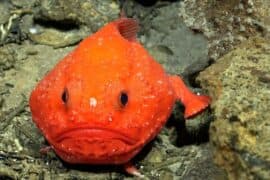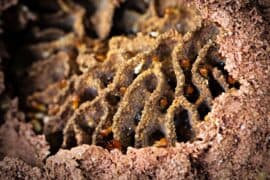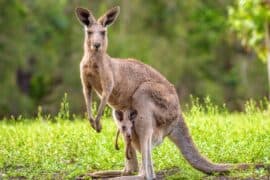Rhinoceros iguana
(Cyclura cornuta)
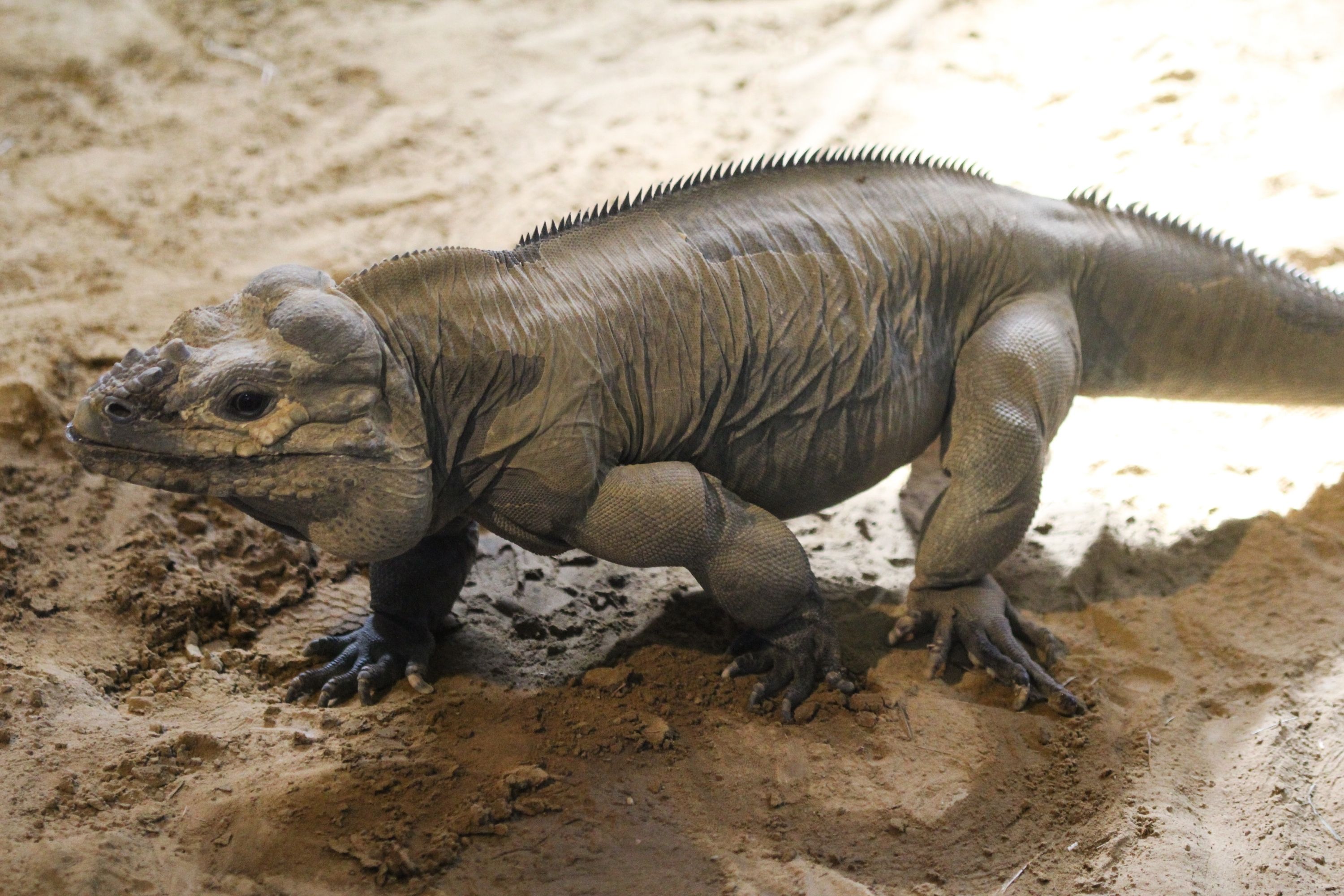
Description
The rhinoceros iguana (Cyclura cornuta) is an endangered species of iguana that is endemic to the Caribbean island of Hispaniola (shared by Haiti and the Dominican Republic) and its surrounding islands. A large lizard, they vary in length from 60 to 136 centimetres (24 to 54 in), and skin colours range from a steely grey to a dark green and even brown. Their name derives from the bony-plated pseudo-horn or outgrowth which resembles the horn of a rhinoceros on the iguana's snout. Ranging throughout Hispaniola (both Haiti and the Dominican Republic), rhinoceros iguana populations are stable only on Isla Beata, and the extreme of the Barahona Peninsula, inside Jaragua National Park.There are moderately dense populations in the southeastern region of Haiti and its offshore islands, including the brackish lake of Etang Saumatre, as well as the Dominican hypersaline Lake Enriquillo and its lake island, Isla Cabritos. Populations in Haiti are even more endangered due to deforestation and human clearing practices. In general, the iguanas are found most abundantly in (although not restricted to) scrub woodland, dry forests, which are characterized by xeric, rocky habitats of eroded limestone in coastal terraces and lowlands of the mainland, and several offshore islands and small cays in a variety of subtropical life zones and habitat types. The biome that the rhinoceros iguanas live in are ones that receive very little rain with little trees and shrubs. This species has been known to exhibit phenotypic plasticity just like other iguanas. They are seen typically near coastlines, but humans have driven then out of that specific type of environment. The rhinoceros iguanas were forced inland due to predators and habitat destruction. On the Mona Island's there is a subspecies of the rhinoceros iguana found called C. c. stejnegri. This species as well was endangered and the conservationists were trying their best to conserve them. On this island there was an interesting study done where conservationists would place the iguanas into their hatching site. The study found that the iguanas would soon travel elsewhere when placed into the hatching spot. The iguanas were looking for a new a better habitat to live in because of how overused and worse the conditions were. This study used natal dispersal which is a common practice for birds but not for many other animals
Taxonomic tree:

